#heterophyllus
Explore tagged Tumblr posts
Text
Crisp and sweet Jackfruit (菠萝蜜) to add in some dietary fibre. Though it can be used as an ingredient in cooking, I preferred to just munch them fresh as it is. The fruit is also nutritious, containing a wide assortment of vitamins, including vitamin C, vitamin A, calcium, potassium, iron, zinc, and folic acid, as well as fiber and protein.

#Jackfruit#菠萝蜜#Artocarpus heterophyllus#Tropical#Fruit#Crisp#Sweet#Yellow#Nutritious#Dietary Fibre#Vitamins#Snack#Food#Buffetlicious
29 notes
·
View notes
Video
n296_w1150 by Biodiversity Heritage Library Via Flickr: Le Jardin.. Paris :Librairie horticole du Jardin,1887-1921.. biodiversitylibrary.org/page/8941433
#Gardening#Horticulture#Periodicals#Mertz Library#The New York Botanical Garden#bhl:page=8941433#dc:identifier=http://biodiversitylibrary.org/page/8941433#taxonomy:common=Penstemons#PENTSTEMONS#PENSTEMONS#Beardtongues Plant#Penstemon murrayanus#penstemon gentianoides#penstemon puniceus#penstemon heterophyllus#bunchleaf penstemon#foothill penstemon#foothill beardtongue#scarlet beardtongue#Gentian Beardtongue#Penstemon superbus#Superb Beardtongue#flickr#botanical illustration#scientific illustration
2 notes
·
View notes
Text

Penstemon heterophyllus my beloved <3<3
1 note
·
View note
Photo

Fountain Landscape in San Francisco An example of a huge contemporary full sun backyard concrete paver water fountain landscape in spring.
#marin landscape designer#landscape#sustainable garden#contemporary landscape#penstemon heterophyllus#euphorbia
0 notes
Text
QUESTÃO ENEM RESOLVIDA: ECOLOGIA | INTRODUÇÃO DE ESPÉCIES EXÓTICAS
Resolução da questão ENEM/2022 sobre impacto da introdução de espécies exóticas.
A extinção de espécies é uma ameaça real que afeta diversas regiões do país. A introdução de espécies exóticas pode ser considerada um fator maximizador desse processo. A jaqueira (Artocarpus heterophyllus), por exemplo, é uma árvore originária da Índia e de regiões do Sudeste Asiático que foi introduzida ainda na era colonial e se aclimatou muito bem em praticamente todo o território…

Ver no WordPress
#Achatina fulica#ameaça#Artocarpus heterophyllus#biodiversidade#biologia#caramujo africano#diversidade#Ecologia#ENEM#ENEM 2022#espécies exóticas#espécies invasoras#extinção#impacto ambiental#jaqueira#vegetal
0 notes
Text
I will forever appreciate a theme in my fictional stories, & that’s exactly what Wind Breaker (by Nii Satoru) has, so, I present:
Wind Breaker characters have a theme to their names.. a thread:
Bōfūrin / 防風鈴
so, even though our protag group’s name is written and visually represented as “wind chime”, Bōfūrin’s name is where this group’s theme of trees/plants start:
防風鈴 (“prevent/protect” “wind chime”) has the same reading as 防風林, a type of forest planted strategically to prevent wind erosion of soil — much like Fūrin’s mission of protecting and serving their town

all of Bōfūrin’s named members (and close associations) so far have some element of tree/plant/wood in their last name (if you look at the kanji of their last names, you’d see a lot of wood radicals/木字旁):
桜 遥 • Sakura Haruka: 桜 / cherry tree
(fun fact: his name 遥 / haruka means "far"; also it's commonly a feminine given name)
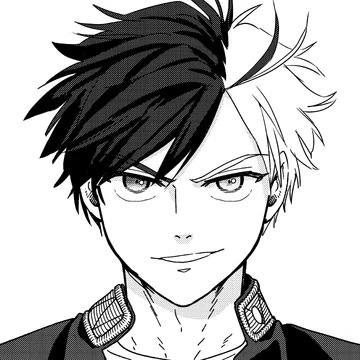
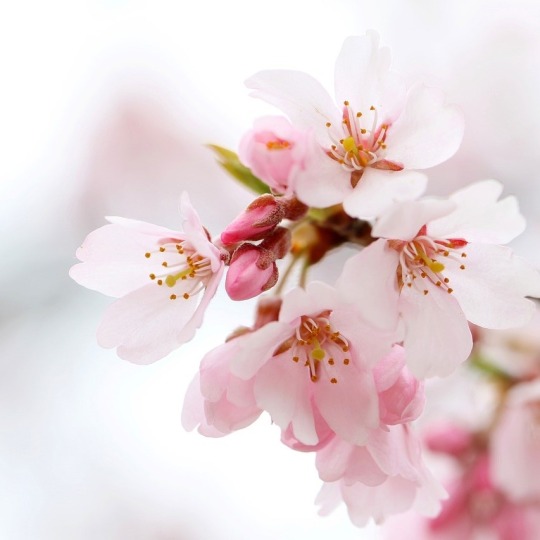
蘇枋 隼飛 • Suō Hayato: 枋 / sandalwood (?) or tree used as timber, general term for wooden beams in houses
(fun fact: his last name 苏枋 is the Chinese name of a traditional reddish brown color, named after a pigment made from 苏木!)
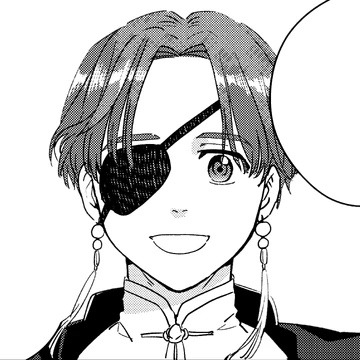
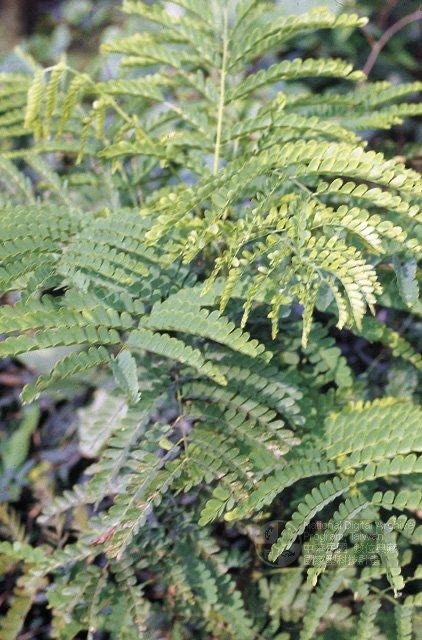
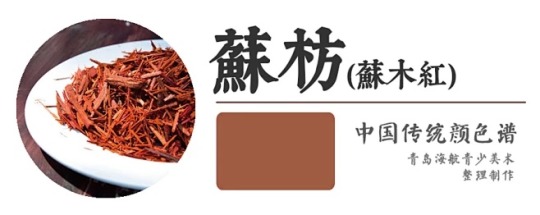
楡井 秋彦 • Nirei Akihiko: 楡 / Siberian elm
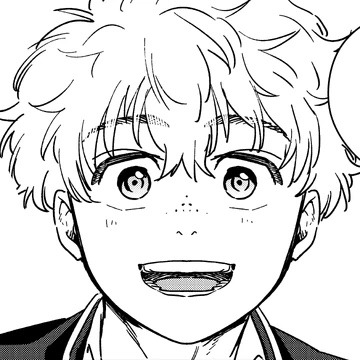
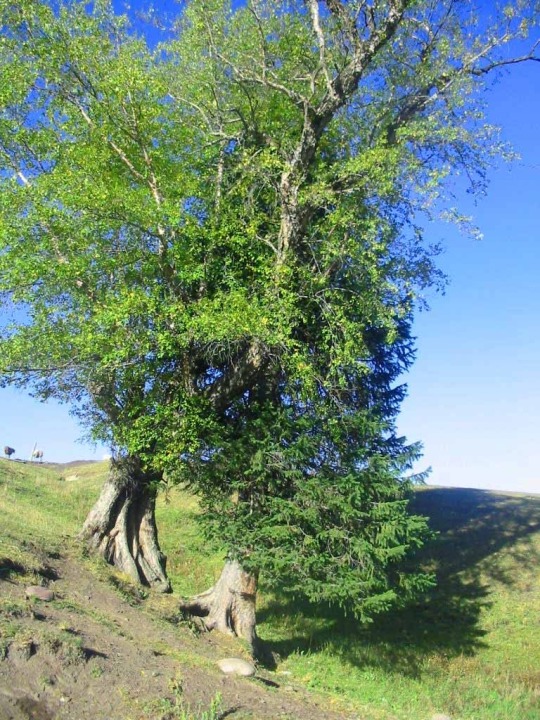
杉下 京太郎 • Sugishita Kyōtarō: 杉 / Japanese cedar (cryptomeria japonica)
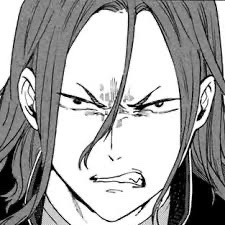

柊 登馬 • Hiiragi Tōma: 柊 / holly osmanthus (osmanthus heterophyllus)
(fun fact: his name 登馬 means "to mount a horse"; no, not that kind of mount, the regular horseback riding kind)
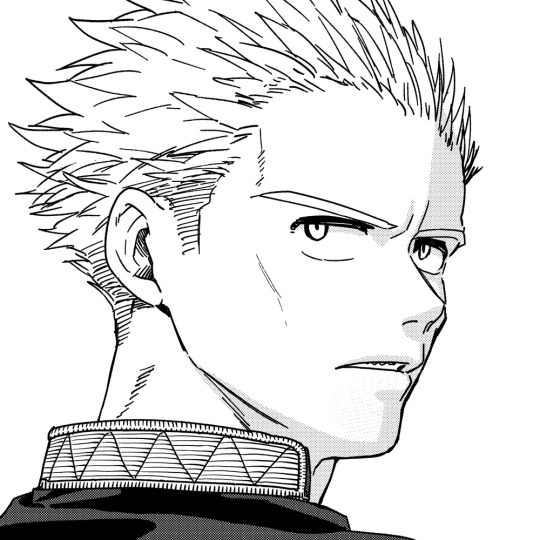
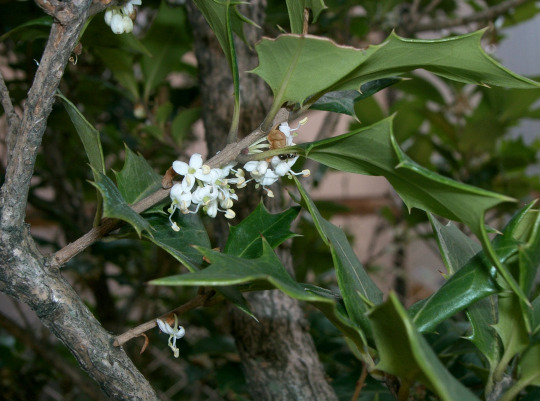
梅宮 一 • Umemiya Hajime: 梅 / plum tree
(fun fact: his name 一 is just "one")

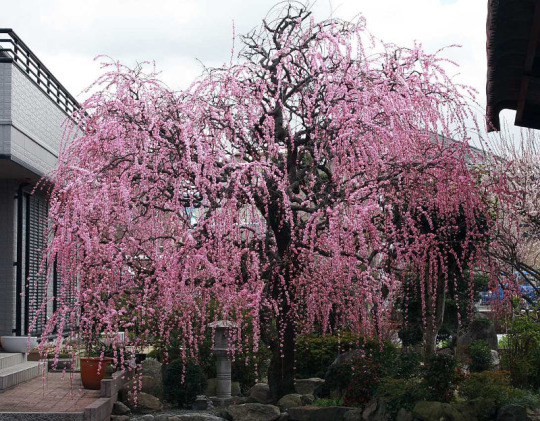
This association also extends to Kotoha, who is very closely associated with Bōfūrin:
橘 琴叶 • Tachibana Kotoha: 橘 / orange tree
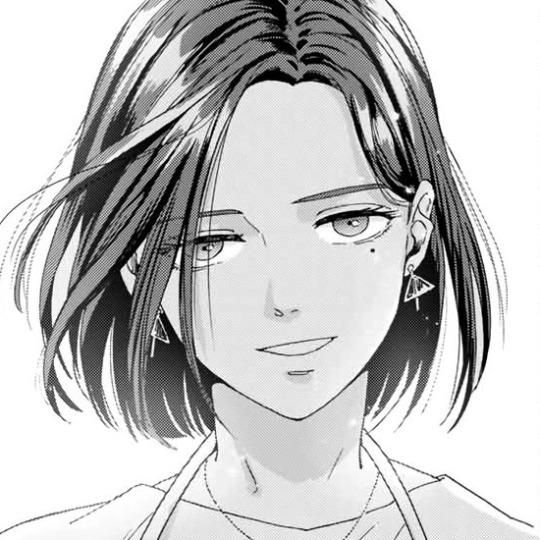
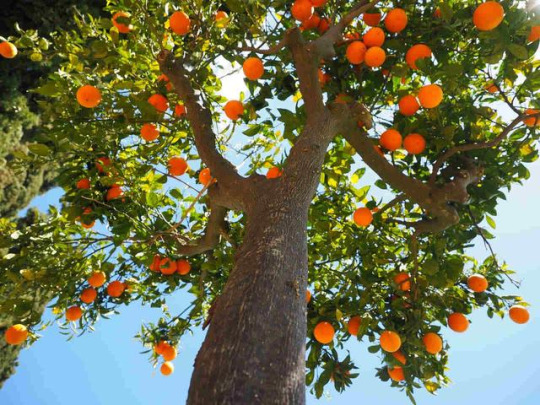
now, Bōfūrin members yet to be featured in the show: (spoilers below the break)
(if you want to go to later parts: part 2 - shishitoren & part 3 - noroshi!)
梶 蓮 • Kaji Ren: 梶 / paper mulberry (broussonetia papyrifera)
(fun fact: his name 蓮 / Ren means "lotus")
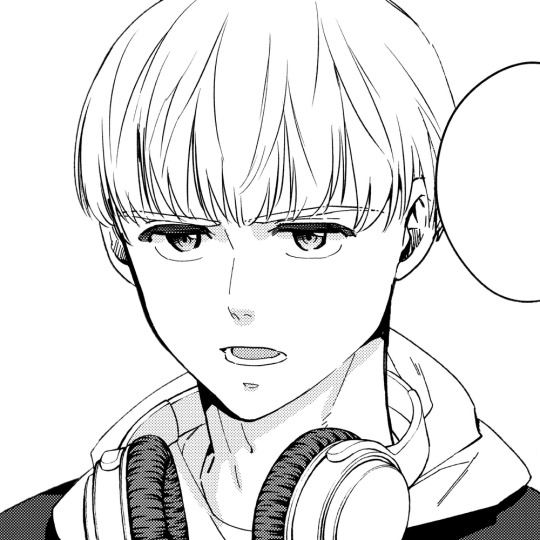
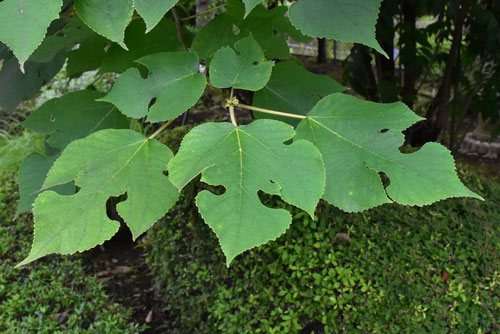
椿野 佑 • Tsubakino Tasuku: 椿 / Japanese camellia
(fun fact: their name 佑 means "to help/protect" or "to bless"!)

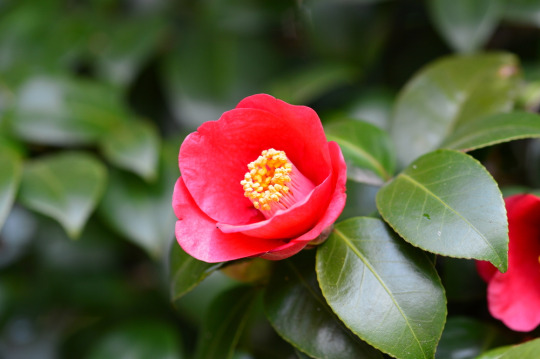
桐生 三輝 • Kiryū Mitsuki: 桐 / empress tree (paulownia tomentosa)
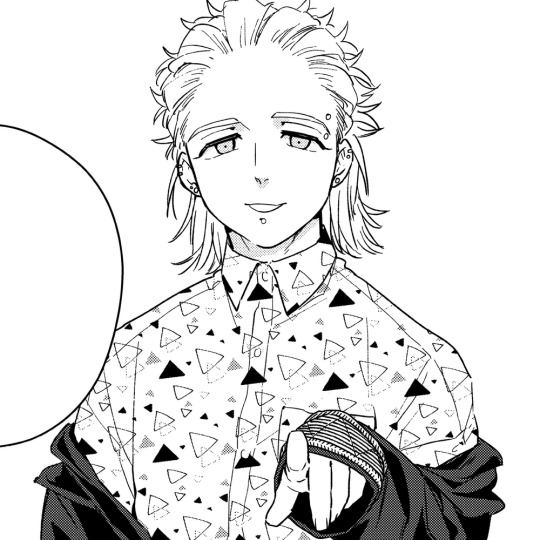
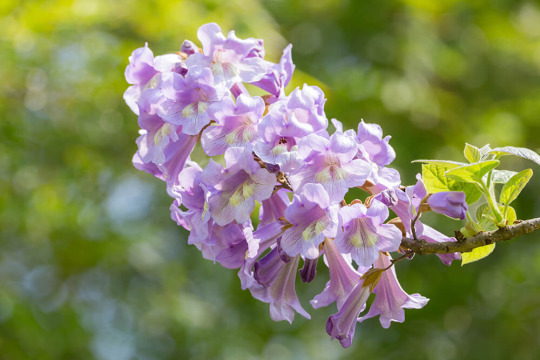
柘浦 大河 • Tsugeura Taiga: 柘 / mandarin melon berry (maclura tricuspidata)
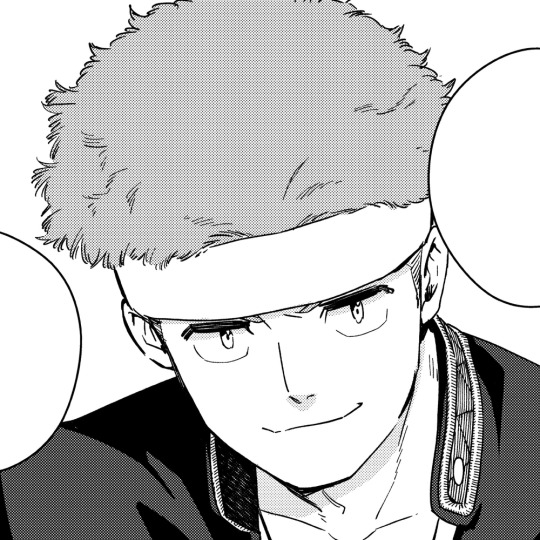

There's also 桃瀬 匠 (Momose Takumi, "peach tree") & 水木 聡久 (Mizuki Saku, "wood"), the two other Heavenly Kings
I hope I have rly driven the point home here,, /lh
#wind breaker#wind breaker nii satoru#wind breaker anime#wind breaker manga#bofurin#sakura haruka#suo hayato#nirei akihiko#sugishita kyotaro#haruka sakura#hayato suo#kyotaro sugishita#hiiragi toma#toma hiiragi#umemiya hajime#hajime umemiya#kotoha tachibana#tachibana kotoha#kaji ren#ren kaji#tsubakino tasuku#tasuku tsubakino#kiryu mitsuki#mitsuki kiryu#tsugeura taiga#taiga tsugeura#language stuff#japanese language#wind breaker deepdive#yovo yaps
735 notes
·
View notes
Text
Bofurin Are Named After Plants (Part 1)
I like Wind Breaker, but what I like more is the creative thought process that goes behind a character's name.
Here's a post about the plants the Bofurin characters are named after.
Since there are some anime-only people on this site, the first part will only be about the Bofurin members who have been officially introduced and their affiliates.
Let's start with the MC:


Sakura (桜) means Cherry Blossom.
(Sakura Kinomoto from Cardcaptor Sakura also uses the kanji for Sakura in her name and both are born April 1).


The Nire (楡) in Nirei means Ulmus davidiana var. japonica, commonly known as the Japanese Elm.



Suo is an interesting case. Instead of having one syllable in his name being a word for a plant, both of the syllables in his name make up one word for the plant he's named after. In his case, Suo (蘇枋) means Biancaea sappan. The sappan plant can be used as dye, called Sappanwood, and the color is a reddish brown just like Suo's hair color. The color is actually called Suo in Japanese, which is actually really creative on the author's part.


The Sugi in Sugishita (杉) is the Japanese word for Cryptomeria japonica, commonly known as the Japanese cedar.


The Ume in Umemiya means plum (梅)


Hiiragi (柊) is the word for Osmanthus heterophyllus, which is commonly known as either holly osmanthus, holly olive or false holly.
For Bofurin's affiliates, they also have plant names too.


Kotoha's surname is Tachibana (橘), which means mandarin (as in the orange). This sort of goes along with her foster brother Umemiya who is also named after a fruit.


Sasaki, the middle school kid Bofurin saved from Shishitoren, is quite an interesting case. Sasaki is a common surname, but the way his name is spelled is actually a bit different from the more commonly way Sasaki is spelled. In Sasaki's case, the sasa in his name means bamboo (笹).
Not only are the people named after plants, but the shops too!

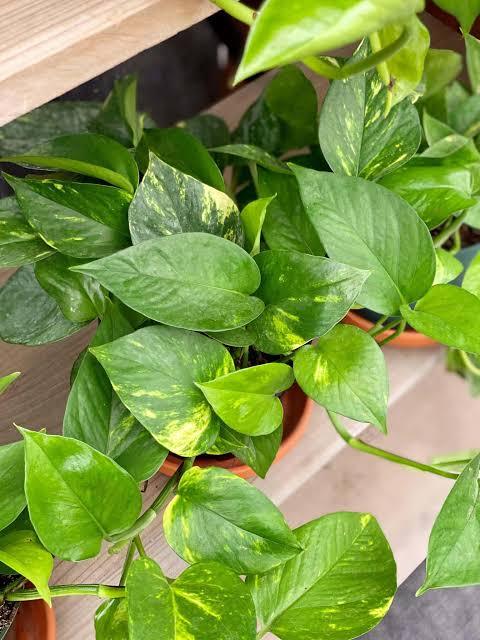
The cafe Sakura frequents and the one where Kotoha works is called Pothos, which is a plant.


The bakery that Sakura gets his bread from is called Saboten, which is the Japanese word for Cactus.
As a writer, the creativity behind the plant theme names really gets to me. I can tell the author put a lot of thought into their names and have them be consistent with a certain theme.
However, Bofurin itself means wind chime which doesn't really fit the plant theme, but it is powered up by the wind, which is a part of nature, which plants are from. I guess that counts?
Anyways, if you enjoyed reading this post, I'll be back with a part 2 once more Bofurin members are introduced.
Here's a video I made for this trivia.
youtube
#windbreaker#wind breaker#Haruka sakura#Akihiko nirei#Hayato suo#Kyotaro sugishita#Hajime umemiya#toma hiiragi#kotoha tachibana#sasaki#pothos#saboten#wordplay#anime#anime trivia#ecargmura#arum journal#Youtube
153 notes
·
View notes
Text



The fragrance that comes out of these tiny false-holly flowers is powerful! Osmanthus heterophyllus
13 notes
·
View notes
Text

Hibiscus heterophyllus by Baldassare Cattrani.
PHAIDRA University of Padova.
aechive.org
33 notes
·
View notes
Text
blessed curse | 1221 words | hiiragi-centric
Tying a holly branch to a treasury pillar in order to protect a household—is this a blessing, or is this a curse? (It’s both.)
Happy Natsume Week 2024! For @natsumeweek's Day One: Hopes/Curses.
𓇢𓆸 on ao3 (or under the cut)! 𓇢𓆸
✽ 柊 (Osmanthus heterophyllus) /ˈhīraˌgi/ noun The Japanese name for osmanthus heterophyllus, a type of holly tree/bush; traditionally used by Japanese households as a lucky charm to ward off burglars and evil spirits at the front of Japanese homes. ✽
Hiiragi doesn't remember when it started.
All she remembers is being part of the mountain, and that she'd been inhabiting a holly plant when her consciousness first came into existence. She doesn't remember if she was the holly plant itself, or just a stray spirit inhabiting it—she only remembers that a holly plant was the first thing her spirit took root in.
When she'd gained enough spiritual energy to wander, she eventually became the mountain guard, but it wasn't long before a human captured her, binding him to the pillar of the treasury in his house.
He hadn't said it, but she knew what her job was:
Stay here and guard the household; ward off untoward entities, spirits and humans alike.
(He hadn't said it, but she knew what her fate was:
Stay here and be cursed to a fate of eternal submission to humans.)
Tying her to a treasury pillar in order to protect a household of humans—she'd wondered if this symbolic gesture was a blessing, or a curse. A while later, she'd realised the answer.
(It's both—a blessing to them, but a curse to her. And try as she might, she could not escape.)
Perhaps this is it for me; cursed to a fate of eternal submission to humans, she'd thought.
✽✽✽✽✽✽✽✽✽✽✽✽✽✽✽✽✽✽✽✽✽✽✽✽✽✽✽✽
Or so she'd only thought, because one human exceeded her expectations; a human child.
She'd been trying in vain to escape again. Her nails broken and hands bleeding, she was nonetheless unfazed—she'd gotten used to injuring herself in the process.
The boy hadn't gotten used to it, though, so he'd gifted her a bandage, along with her first experience of human touch—
Human children are warm, she'd thought at the time he'd tried, hands shaking, to wrap the bandage around her frail, twig-like wrist.
"Human children don't have the power to curse others," is what she'd said instead, because he'd been on the verge of tears telling her about how he'd cursed his mom just by existing, causing her to die; because bad things happen all because he "sees weird things", is what he'd said, on the verge of tears.
"Human children don't have the power to curse," is what she'd said, touching his warm hand, loosely interlacing her cold, twig-like fingers with his. "Your hands aren't made for cursing—they're made for healing. You're a nice kid."
He'd looked at her then, deer-in-headlights like what she'd said was out-of-the-world.
"You're a nice, normal kid."
Human children are so very warm, she'd thought.
✽✽✽✽✽✽✽✽✽✽✽✽✽✽✽✽✽✽✽✽✽✽✽✽✽✽✽✽
Or so she'd only thought, because the next time she meets the same 'nice, normal kid' is when he's hot on her tails—
He's coming to exorcise her.
Strangely enough, she doesn't mind—the deepest part of her soul knows that it'd be an honour to have him be the one to exorcise her. After all, he'd been the warmest being she's ever had the honour to touch.
And so she tries to make his life easier, and walks straight into his trap.
There's no need to prolong this existence, she'd thought. This cold, cursed existence where human children will never be warm again.
She walks into the middle distance where the exorcist trap lay, pretending she's walking back in time; back into the child's arms.
Human children will never be warm again, she thinks.
✽✽✽✽✽✽✽✽✽✽✽✽✽✽✽✽✽✽✽✽✽✽✽✽✽✽✽✽
Or so she'd only thought, because she finds that a second human has exceeded her expectations; another human child.
This time, he wasn't touching her hands, or her—he was fiddling with the rope that bound her (the same robe that has cursed her to a fate of eternal submission to humans); it stung, thanks to the curse between the rope and her.
It stung, and so her reaction wasn't kind; she'd charged straight towards him and shouted at him, mustering with her little spiritual energy whatever weak voice constituted as shouting in her books.
"Will you stop that, you brat?" Her voice crackling like a shriveled branch, she'd seemingly startled him, because he jumps at the sudden intrusion. But she also notices that he isn't remotely as startled as she'd expected him to be, because he turns and starts speaking to her in a voice that was too normal for a normal human child his age.
(Joke's on her, because he's definitely no 'normal human child', she realises later.)
"Who tied you up?" He glances at the shackles that have cursed her to human oppression thus far.
She doesn't respond.
"Are you injured?" He glances at the bandages encircling her wrist; she hadn't realised it before now, but they seem to be coming undone.
It's unmistakable, the expression in his eyes—it's been decades since she's seen that sort of expression, and she'd thought that she'd never have gotten the privilege of experiencing human warmth again, not after that child.
Human children are warm, she thinks, as this child tries to rewrap the bandage around her frail, twig-like wrist.
It's a waste, because even spirits aren't immune to the vicissitudes of time, much less human children. She starts making her way again, walking into the trap laid out for her by her one and only final executioner; the one who'd been a warm human child only decades ago.
I'll never get to feel the warmth of human children again, she thinks.
✽✽✽✽✽✽✽✽✽✽✽✽✽✽✽✽✽✽✽✽✽✽✽✽✽✽✽✽
Or so she'd only thought, because she's lying on the grass, weak but alive, having just survived a lightning strike thanks to the human child and his giant feline bodyguard who'd, for some godforsaken reason, taken the hit for her.
"I figured she had a fifty-fifty chance," an adult voice says, gentle but somehow remorse, the resonance of it simultaneously familiar and unfamiliar (he's an adult now, after all; he won't sound exactly the same, but she can recognise him nonetheless). "She could not escape the curse that bound her to the pillar, so I figured that if the lightning had struck her, she'd at least have finally passed on to the afterlife. And in the best case scenario, if she'd managed to survive, the rope would burn away, freeing her from the shackles of human oppression forever."
The explanation was not directed at her, but she appreciates it nonetheless.
"Thank you for shielding her, Natsume," the same voice continues. "She survived thanks to that. I'm really thankful."
(She's still too weak to speak, but she's thankful, too—thankful that he's thankful, and thankful that humans can be warm, not just when they're only young, but at any stage of their brief existence.)
✽✽✽✽✽✽✽✽✽✽✽✽✽✽✽✽✽✽✽✽✽✽✽✽✽✽✽✽
When she finally awakens, she realises that she's been given a name:
Hiiragi.
"You just look like a Hiiragi to me," Natori shrugs, smiling casually. "Plus, you’ve always been like a holly warden plant anyway—your previous master had tried to use you as a protective charm, too. Come to think of it, they really should just have planted some hiiragi bushes outside their house, instead of trapping you in a treasury."
(She doesn't say it aloud, but she thinks it's a good name for her.)
Tying a holly branch to a pillar in order to protect a household—she'd initially thought that it was a blessing for them, and a curse for her. Now that the events have played out in this direction, she learns the right answer.
(It’s both.)
#natsume week#natsume week 2024#natsuyuu#natsume yuujinchou#hiiragi#natsume yuujinchou hiiragi#natsume yuujinchou fanfiction#natori shuuichi#natsume takashi#Natsume Week Day One#Natsume Week 2024 Day One#natsuyuu hiiragi#OP#natsuyuu fanfic#natsumeweek
10 notes
·
View notes
Text
Jackfruit (Artocarpus heterophyllus) is the largest fruit of all trees and a cousin of the fig tree, mulberry tree and breadfruit family that grows in Southeast Asia. The jackfruit is the national fruit of Bangladesh. The word "jackfruit" comes from the Portuguese word jaca, which 16th-century explorers derived from their pronunciation of the Malaysian name for the fruit, chakka. Today, although it's still exclusively grown in Southeast Asia, jackfruit is enjoyed around the world- on its own, or in raw and cooked recipes.


#Jackfruit#Artocarpus heterophyllus#菠萝蜜#Tropical#Fruit#Yellow#Seed#Sweet#Southeast Asia#Snack#Food#Buffetlicious
18 notes
·
View notes
Text
youtube
Tammy and Costa head to ‘garden city’, Bandung, in West Java. It’s a centre for plant growing in Indonesia and one street is even called Plant Street - it’s a 10-kilometre stretch with nothing but plant nurseries.
It’s a horticultural hub with all sorts of plants being grown and sold. There is colour everywhere in both the nurseries and houses along the way.
They stop at a section dedicated to fruit - sapodillos, huge mangoes, jackfruit and more.
The Jambu are related to lilly-pillies grown in Australia, but the fruit are much larger - the size of a small pear.
One section is like a frangipani forest. These salvaged plants are for sale but they’re not in pots; they’re being grown in the ground and already about 5 metres tall. If you want to buy one, it will be dug up and delivered.
Featured plants:
Sapodilla (Manilkara zapota )
Mango (Mangifera indica cv.)
Jackfruit (Artocarpus heterophyllus)
Pomegranate (Punica granatum cv.)
Jambu (Syzygium sp.)
Frangipani (Plumeria cv.)
Filmed in Bandung, West Java, Indonesia
4 notes
·
View notes
Text
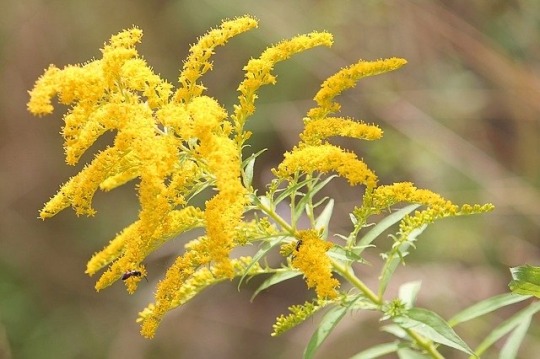
Goldenrod Magical Uses and Folklore:
Various legends tie goldenrod to the presence of wealth. One source said that, wherever goldenrod grows, gold is buried. Another says that to find goldenrod growing near your home portends a spell of good luck.
Goldenrod is also tied to water. Folklore holds that, wherever it grows, a spring must be nearby. The plants were also used as effective, if temperamental, divining rods — they were said to only work in the hands of the right person.
One legend tells the story of how goldenrod received its bright yellow flowers. An old woman, traveling through the forest, was growing weary. She asked all of the trees around her for a walking stick, but they refused. She found a small stick on the ground, and asked it for help instead. The stick agreed, and she used it as a walking stick until she was out of the woods. As soon as she stepped beyond the tree line, she shed her disguise — revealing herself as a powerful fairy. In return for the stick’s help, she sprinkled it with gold.
Another story speaks of two little girls who went to an old witch for help. One girl, tall and blonde haired, asked the witch to grant her wish. She wanted to be admired by everyone. Her friend, short and blue-eyed, wished that she and the blonde girl would never have to grow apart. The girls were never seen again after that day, but it’s said that, wherever they walked, there sprung up the yellow goldenrod and the blue aster.
This isn’t folklore so much, but the tires on the Model T Ford that Henry Ford gave Thomas Edison were made of goldenrod. The plant naturally contains a decent amount of rubber — through experimentation, Thomas Edison managed to produce a taller goldenrod that was up to 12% rubber. He partnered with Henry Ford, George Washington Carver, and Henry Firestone to put these tires into mass production, but synthetic rubber arrived on the scene before goldenrod tires ever made it out of the experimental stage.
Goldenrod is one of those plants that seems to be an herbal pharmacy in itself. In America, indigenous people used the leaves externally for skin conditions, and internally for ulcers and lung or kidney problems. After colonists dumped tea into the Boston Harbor in protest, they used goldenrod as a tea substitute.
Studies in Germany have found that it’s an effective treatment for kidney stones. It contains compounds that encourage urination, reduce inflammation, soothe pain, and kill pathogens, and the whole plant is edible (though easily confused with toxic Haplopappus heterophyllus, so be careful).
(From Marble Crow)
#folklore#appalachian#appalachian mountains#north carolina#appalachian culture#appalachia#western north carolina#the south#goldenrod
13 notes
·
View notes
Text
Names Part 2
I went back for the girls' names, of which only Rin and Serena don't have last names, so I solved it easily, although I struggled a lot to find the kanji to match Rin and therefore, although short, the result left me satisfied. With Serena it was a "Yeah, this looks good on you" thing.
As with the boys, I'll start with who has canon last names and move to those who don't when I'm done.
Yuzu Hiiragi [柊 柚子] The name Yuzu is made up of the kanji that itself means Yuzu (柚) which is a citrus fruit similar to tangerines, which in this name is only read as Yu; and by the kanji for Girl (子) which although normally pronounced -ko, in this name ends as -zu forming Yuzu.
The surname Hiiragi (柊) refers to Osmanthus heterophyllus, an evergreen shrub native to Japan that is similar to holly.
Ruri Kurosaki [黒咲 瑠璃] The name Ruri literally means Lapis Lazuli (瑠璃). Additionally, its name may also be a reference to the bird names Siberian blue robin (小瑠璃, Koruri) and the Blue-and-white flycatcher (大瑠璃, Ōruri) in Japanese. The surname Kurosaki is composed with Black (黒, Kuro) and Flower or Bloom (咲, Saki). Apparently this last name refers to the black border of the Xyz cards.
Ray Akaba [赤馬 レイ] The name Ray is written in katakana syllabary (レイ) and by itself it has no meaning, but following the rule of Akaba names, I can assume that it literally means Zero.
Akaba (赤馬) is a family name meaning Red Horse and appears to be a reference to Kaiba, which is also written with the kanji for Horse (馬).
And now, the girls who don't have a last name:
Rin [リン]
Rin, originally written in katakana, I ended up just passing it to hiragana (りん), since Rin itself can mean both Cold and Bell, both meanings related to my winter girl. In order not to get stuck with any of them, I simply changed the syllabary.
Her surname Miyuki is spelled with Look (見, Mi) and Snow (雪, Yuki). This last name can also be used as a first name, just with other kanji.
— Rin Miyuki (見雪 りん, Miyuki Rin)
Serena [セレナ] Serena was the only name written in katakana that stayed that way. Serena is the rōmaji of Selene, the name of the titan of the moon and its meaning is Moonlight.
The last name she gave him was Tsukishima (月島) which means Lunar Island. The name suited the incarnation of En Moon perfectly.
— Serena Tsukishima (月島 セレナ, Tsukishima Serena)
#yu gi oh arc v#yuzu hiragi#ruri kurosaki#zuzu boyle#lulu obsidian#ray akaba#bracelet girls#Naming#last names#japanese kanji#headcanon#yugioh#rin arc v#serena arc v
6 notes
·
View notes
Text
Wind Breaker Episode 6 Review - The Fox Leaves The False Holly
Now, THIS is a well-animated fight of pure hand-to-hand combat. No flashy magics or powers needed. It’s just two delinquents going at it. Cloverworks did an amazing job giving us a fight scene as impactful as Sakura’s brawl from the premiere. I love how it was animated! Sako uses a lot of spin-kicks and punches while Hiiragi is more powerful kicks and punches. I think my favorite aspect of the fight was when Sako was going to kick Hiiragi, but faked it by grabbing his leg. That was so cool! I also really liked Hiiragi utilizing his tall height and long legs by kicking Sako from behind. It shows that the animators know how to get creative with these fight.
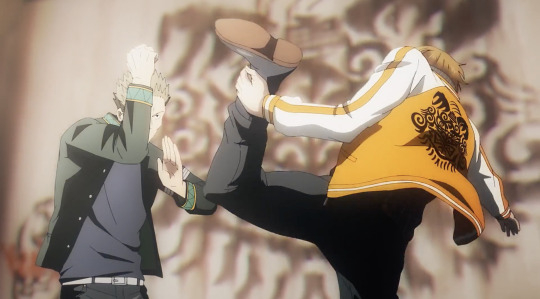
Hiiragi and Sako have history with each other. They used to be friends since elementary school when the former saved the latter from bullies. This was when Sako asked Hiiragi to teach him how to fight. When they were in middle school, Sako was keen on following him for the rest of his life and believed he’d be at the top in Furin. However, Hiiragi said that he was going to work under Umemiya and not take the top spot for himself. The moment he told Sako to not follow him anymore and get a new goal in life was when the rift between them happened. It seems it could be an asinine story for some viewers, but I see it as more of Hiiragi trying to help Sako avoid a potential toxic codependent relationship. He was clearly attached to Hiiragi sort of like how Sugishita holds Umemiya in high regard. However, the only difference between Sako and Sugishita is that Umemiya is already at the top so he is someone already respected while Hiiragi is someone who doesn’t want to take that position for himself. Sako could’ve been someone who could’ve been spiteful of Umemiya or Hiiragi because of this because had Sako gone to Furin, there would be a lot of tension. This was why Sako drifted away from Hiiragi and decided to join Shishitoren after Togame and Choji scouted him. Sako believes that power comes from doing things on your own, without the need to depend on anyone. The fact that Hiiragi chooses to be a follower and not a leader was what irked him.
As someone who read the manga last weekend, I want to say that there’s a very interesting theming with Bofurin and Shishitoren. All of the Bofurin members are named after plants, hence why their team’s image color is green and why Umemiya likes gardening. For example, Sakura’s name uses the kanji for Cherry Blossom. In Hiiragi’s case, his name comes from the Japanese word for Osmanthus heterophyllus, or false holly. The “ko” in Sako’s name is the kanji for fox. By extension, all of Shishitoren are named after animals. The To in Tomiyama stands for rabbit. The Game in Togame stands for turtle. The Ma in Arima stands for horse. The Ka in Kanuma stands for deer. It also helps that Shishitoren means Lion’s Head, hence the animal themed names. I think it’s super creative from a writer’s standpoint.
Speaking of Sako, I have to say that I really like his design. Wind Breaker’s character designs are so intricate. Sako stands out a lot to me. While he’s not as pretty as Suo, I still consider him a beauty. He stands out, hence why I think he’s pretty. It also helps that he does look like a fox like his namesake. No, it’s not weird to call male anime characters pretty and I’ll keep doing it.
I also liked the little banter Sakura, Nirei and Suo usually have as an audience member. Sakura’s shit talking actually gets his allies motivated. Suo’s fighting style is supposed a hodgepodge of different martial arts as his instructor was self taught. Hmmm, this does support my Suo being a successor theory…
As a manga reader, the Hiiragi and Sako fight was animated superbly. However, I honestly cannot wait for Sakura vs Togame, which will happen next week. All I can say is that Hiiragi’s words towards Togame, “You don’t know what’s going to happen” is foreshadowing the results of the match. Who do you think will win?
20 notes
·
View notes

